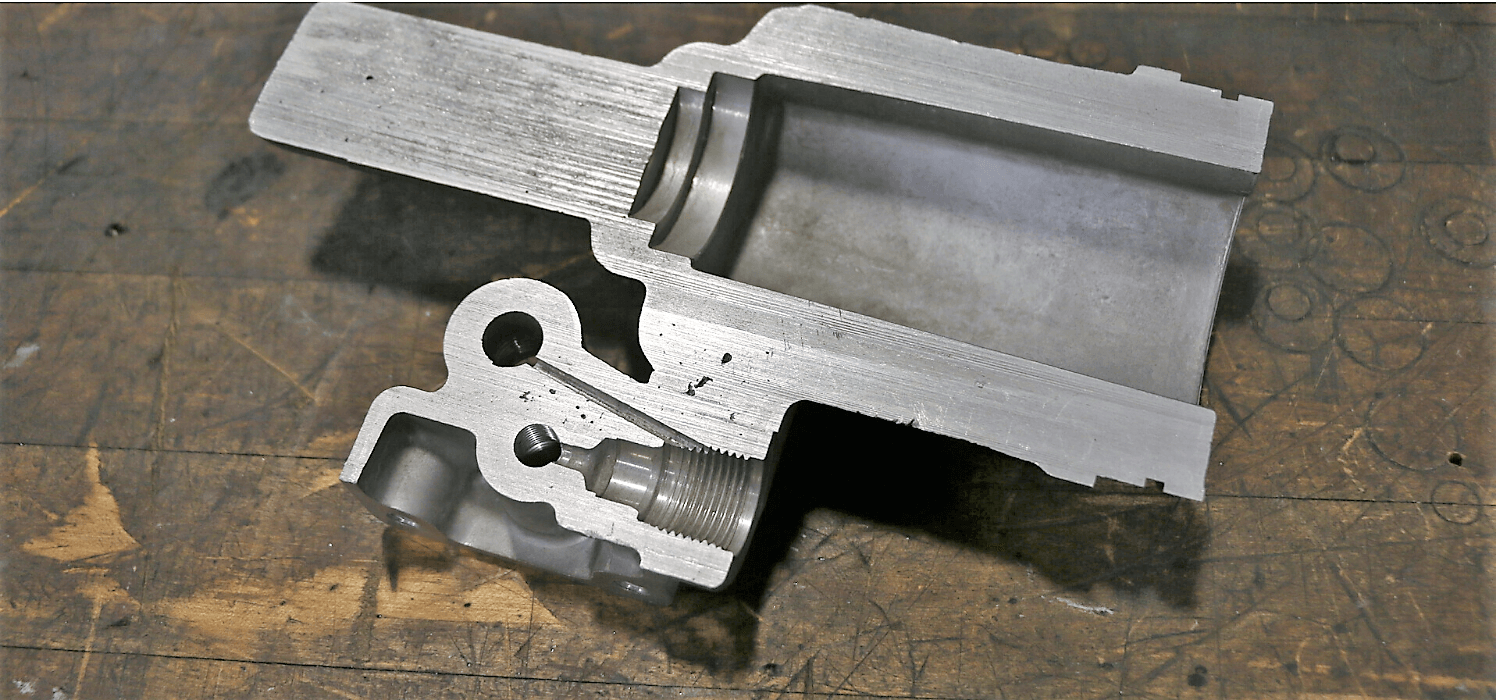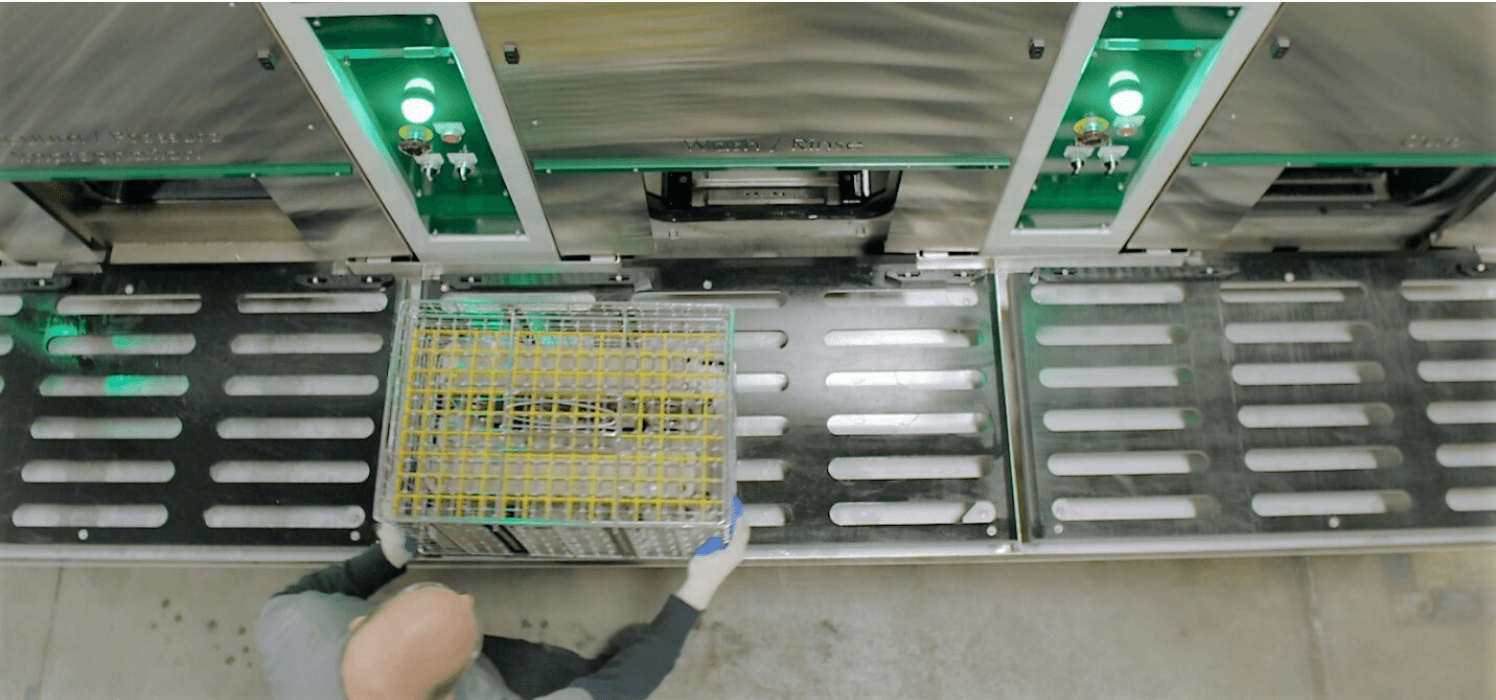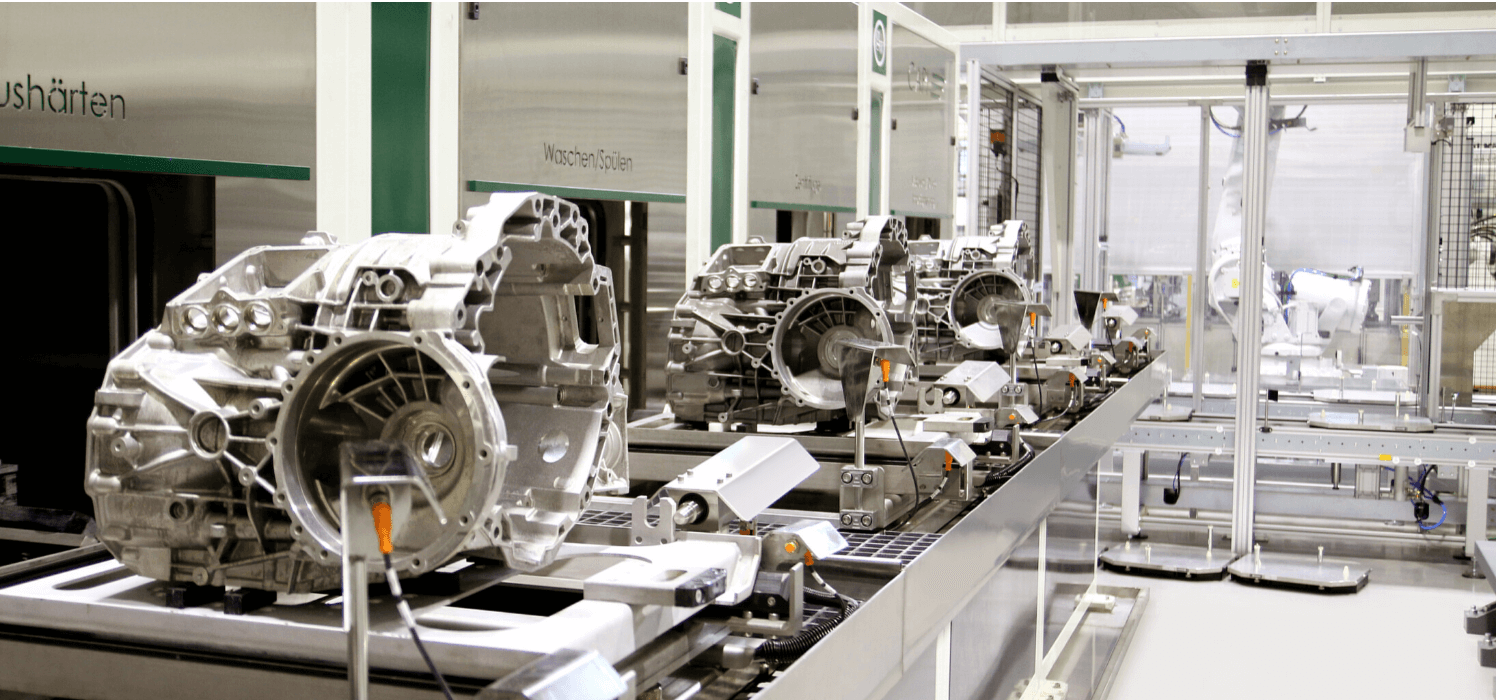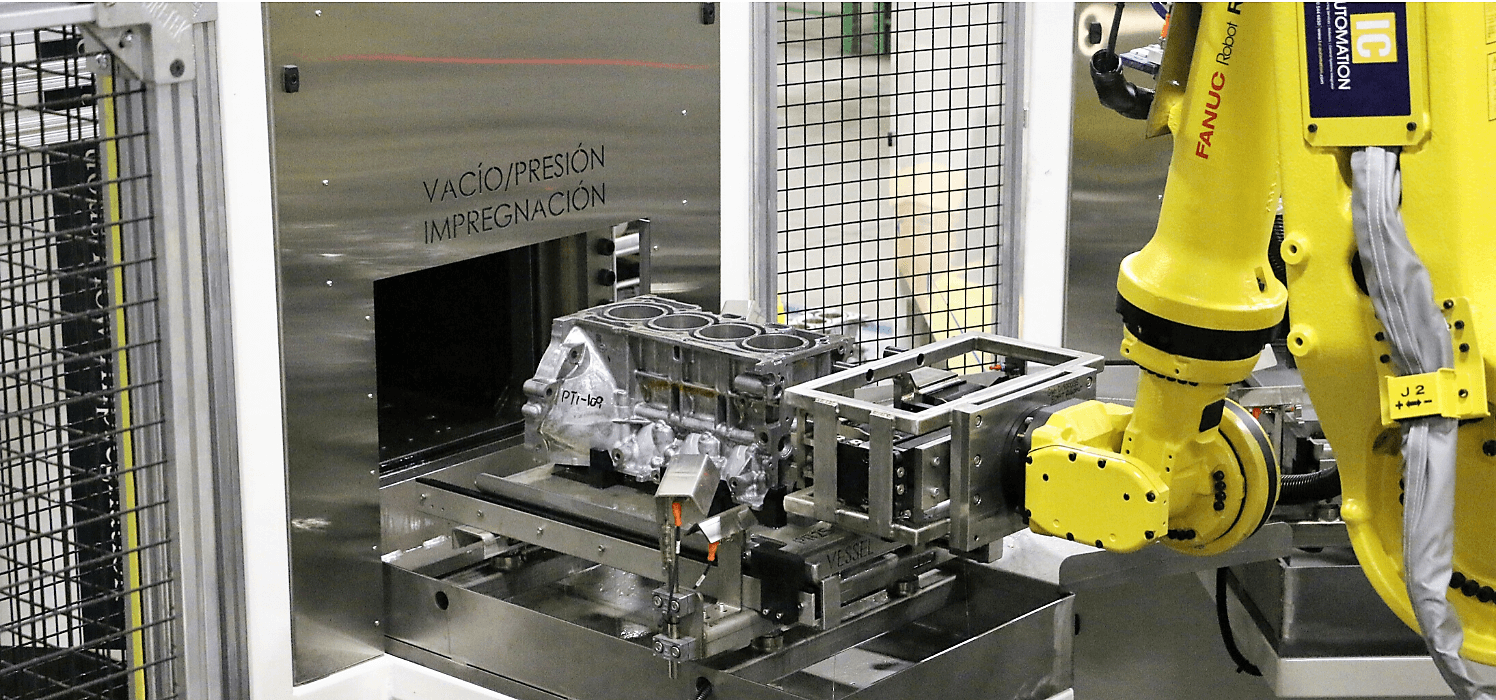Waste is any activity that consumes resources but brings no product value. Eliminating non-value, unnecessary waste is crucial for a company’s success. If not removed, waste can lower profitability, increase costs, decrease quality, and lower employee satisfaction.
The Toyota Production System (TPS) was developed to remove such waste from the production environment. The TPS promotes a manufacturing philosophy that aims to eliminate waste and achieve the best possible efficiency – what is often called a “lean” or “just-in-time” system.
TPS categorized seven types of waste.
- Defects
- Motion
- Waiting
- Inventory
- Transportation
- Over-processing
- Over-production
Eliminating waste extends through the entire supply chain. Robust vacuum impregnation process, when coupled with the latest innovations in vacuum impregnation equipment technology, has proven more than effective in eliminating these seven wastes.
Defects
While porosity is an inherent characteristic of cast aluminum, it is often classified as a defect. And these defects invariably cost more than what one expects as leak paths created by inter-connected porosity will cause castings to be scrapped. Replacement parts will need to be cast, machined, cleaned, and tested. The resources used to manufacture the scrapped castings-time, energy, labor, logistics, cash, and capacity are lost and cannot be recovered.

Vacuum impregnation is a proven, effective, and efficient method to seal the leak paths created by interconnected porosity. It reduces, or eliminates, scrap castings freeing resources and manufacturing capacity to make additional products, efficiently and effectively. Depending on how one looks at the porosity, vacuum impregnation virtually eliminates the defect.
Motion
Motion is moving the parts from the production line to shipping to a vendor. The motions in this excessive handling increases the risks of part damage.
Integrated vacuum impregnation equipment reduces unnecessary motions by integrating directly into the production line. Excessive movements are eliminated since parts can be moved effortlessly and safely to and from the impregnation system.

Waiting
Packing and unpacking, transit time, and processing time all increase waiting. Increased waiting leads to more downtime and bottlenecks.
An inhouse impregnation system allows for continuous production flow. Parts are sealed within minutes instead of days, resulting in improved uptime and efficiency.
Inventory
Manufacturers often need a buffer of parts at the various production stages to ensure production lines continue running smoothly despite unforeseen factors. This buffer includes the raw materials required for production and inventories of finished products waiting for shipment. While the goal of inventory is to maximize efficiency, it can increase costs and consume valuable floor space.
Vacuum impregnation equipment eliminates excessive inventory through single-piece flow. Sealing one, or a small amount of parts per cycle reduces the cost and risks associated with carrying increased inventories of unsold products.

Transportation
Transporting products between internal processes or to other buildings add cost and increases the risk of handling damage. These risks will cause unforeseen rework costs and production delays.
Companies that integrate in-house vacuum impregnation systems can eliminate unnecessary transportation. The system integrates with other upstream and downstream processes, resulting in a seamless production flow.
Over-processing
Over-processing refers to doing more work, adding more components, or having more process steps than what is required by the customer. The impact of over-processing involves the excess of time, labor, raw materials, and emissions consumed in production.
Simplification and efficiency in the design of modern equipment reduce these wastes. The equipment simplifies processing so that an operator can process parts as easy as possible. Eliminating over-processing benefits not only the company but also the environment.

Over-production
Impregnation service providers may require additional parts to account for any unforeseen scrap. This includes parts being damaged to improper handling or sealant contamination. The damage and contamination will require the manufacturer to overproduce more parts than needed, which increases costs.
Modern vacuum impregnation equipment eliminates excessive production. Equipment design and custom fixtures eliminate handling damage and sealant contamination. A manufacturer can seal the correct amount of parts without the need for over-production.
In Summary
Integrating modern impregnation equipment in-house allows companies to remove wastes by sealing die casting leak paths. Vacuum impregnation helps manufacturers decrease the rate of scrapped parts, increase productivity, and ultimately increase their profitability.
